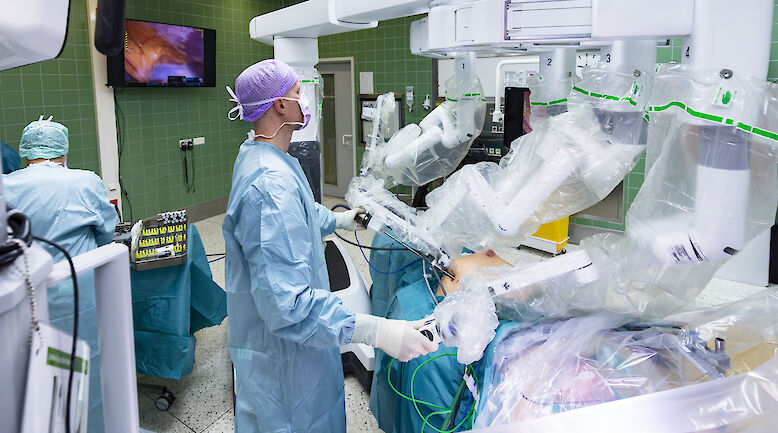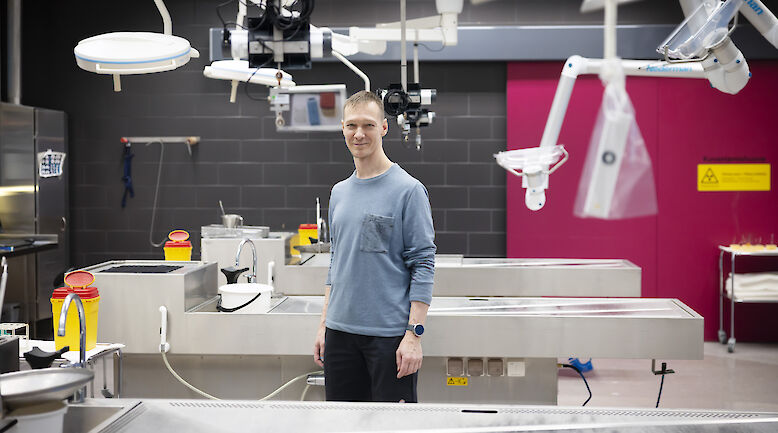English summary: THROMBOPROPHYLAXIS IN FINNISH HOSPITALS

Background Deep vein thrombosis and pulmonary embolism are common and serious complications in hospitalized patients. According to previous worldwide studies, thromboprophylaxis is still not properly employed. The aim of this study was to clarify how thromboprophylaxis is carried out in Finnish hospitals and how many of them have written recommendations for prophylaxis.
Methods Altogether 13 university or central hospitals from different parts of Finland participated in the study. A total of 29 wards were included, 21 of them medical and 8 surgical, and the total number of patients assessed was 632. Information was collected on three prespecified days without the wards being informed beforehand. Clinical data as well as the risk factors for thrombosis and bleeding were gathered from the medical records and captured electronically. The risk of thrombosis was estimated according to the criteria of guidelines in the Hospital District of Helsinki and Uusimaa (HUS) and those of the ACCP, and the risk for bleeding according to individual risk factors and the bleeding risk index utilized in association with anticoagulation with warfarin.
Results Based on the criteria of the Hospital District of HUS, 49% of the patients were considered at risk for venous thromboembolism. 61% of these patients received prophylaxis. On the medical and surgical wards 52% and 73%, respectively, of patients at risk received prophylaxis. The most common reason for not prescribing prophylaxis to a patient at risk was that it was deemed unnecessary. On the other hand, prophylaxis was prescribed to 13% of the patients who did not carry a risk for venous thromboembolism according to the standards. The biggest difference between medical and surgical wards was the use of mechanical prophylaxis. On the surgical wards 46% of the at-risk patients had compression stockings compared with 1% on medical wards.
Conclusions Thromboprophylaxis is underused in Finland, too, but internationally Finland seems to perform as well as other countries. Individual risk factors must be taken into account in order to target the prophylaxis to the patients needing it. The use of mechanical prophylaxis should be increased in medical patients, especially if the risk for bleeding is high. In order to improve thromboprophylaxis routines, both uniform national guidelines and hospital-specific recommendations are necessary.













